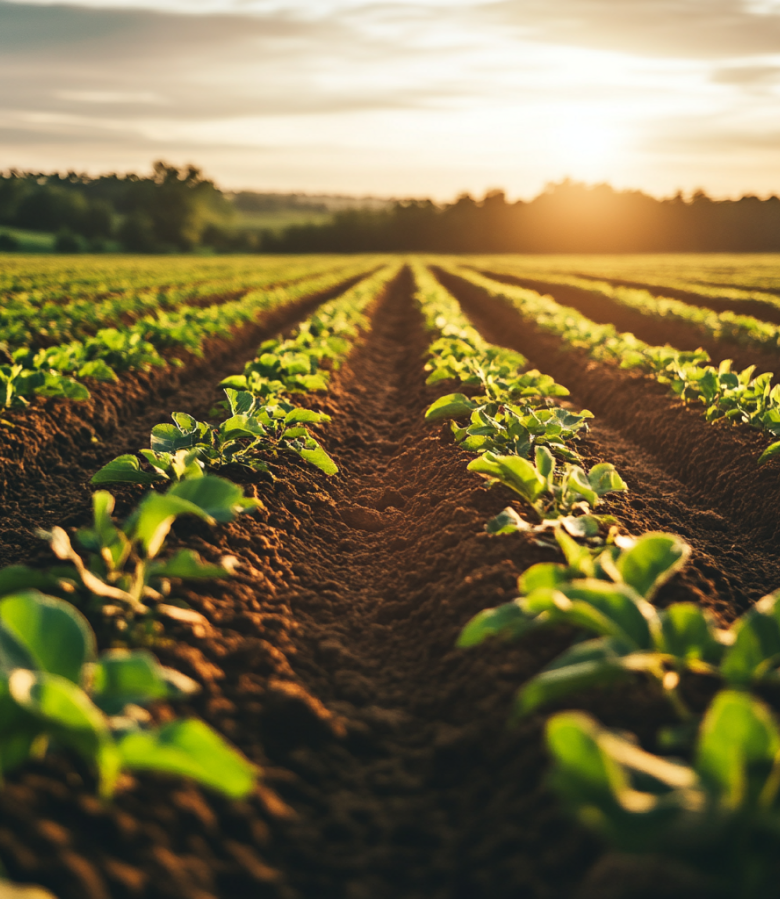Saving on Consumables: A Guide to Efficient Farming Practices
In modern agriculture, managing consumables such as fertilizers, pesticides, and seeds is critical for optimizing costs and ensuring sustainable farming. Inefficient use, especially through overlapping during field operations, not only wastes resources but can also harm your crops and the environment. In this article, we explore how overlapping affects consumables, why it’s detrimental, and how technology can help you save money while protecting your yield.
Understanding Consumables in Agriculture
Consumables are the essential inputs that farmers use to cultivate crops. These include:
- Fertilizers: Provide nutrients essential for crop growth.
- Pesticides and Herbicides: Protect crops from pests and weeds.
- Seeds: Serve as the foundation of your yield potential.
- Fuel: Powers machinery during planting, spraying, and harvesting.
Each of these inputs represents a significant portion of a farmer’s operational expenses. Efficient use is key to maximizing profitability.
The Problem of Overlapping
Overlapping occurs when machinery passes over the same area more than once during field operations. While it might seem minor, the consequences are significant:
- Wasted Consumables: Excess fertilizer, pesticides, or seeds are applied unnecessarily, increasing costs without added benefits.
- Crop Damage: Over-application can lead to nutrient toxicity, herbicide burns, or pest resistance, ultimately harming your crops.
- Environmental Harm: Runoff from excessive inputs can contaminate nearby water sources, contributing to environmental degradation.
- Reduced Yield Quality: Overlapping can stress plants, resulting in uneven growth and lower-quality produce.
- Increased Fuel Consumption: Additional passes over the same area mean more fuel usage. This not only raises operational costs but also increases wear and tear on machinery, leading to higher maintenance expenses.
Economic Impact of Overlapping
Let’s calculate the potential costs of overlapping on a 100-hectare farm.
Assumptions:
- Fertilizer cost: $200 per hectare.
- Pesticide cost: $50 per hectare.
- Seed cost: $100 per hectare.
- Overlapping rate: 5% of the total field area.
- Yield loss due to crop damage: 2%.
Calculation:
- Wasted Consumables:
- Fertilizer wasted: 100 hectares x 5% x $200 = $1,000.
- Pesticide wasted: 100 hectares x 5% x $50 = $250.
- Seed wasted: 100 hectares x 5% x $100 = $500.
- Total wasted consumables: $1,000 + $250 + $500 = $1,750.
- Revenue Loss from Yield Damage:
- Average crop revenue: $1,000 per hectare.
- Revenue loss: 100 hectares x 2% x $1,000 = $2,000.
- Total Loss Due to Overlapping:
- $1,750 (wasted consumables) + $2,000 (yield loss) = $3,750 annually or $37.50 per hectare.
How to Prevent Overlapping
Minimizing overlapping requires precision and planning. Here are some practical steps:
- Invest in Precision Agriculture Tools:
- GPS-guided autosteering systems help ensure accurate passes.
- Section control technology shuts off applicators in areas already covered.
- Regular Equipment Calibration:
- Calibrate sprayers, seeders, and spreaders to ensure even application.
- Field Mapping:
- Use mapping software to create detailed layouts and plan efficient routes.
- Operator Training:
- Educate machine operators on best practices for precision application.
Benefits of Reducing Overlapping
By preventing overlapping, farmers can achieve:
- Cost Savings: Lower expenses on consumables and fuel.
- Higher Yield Quality: Healthy crops free from over-application damage.
- Environmental Sustainability: Reduced runoff and less impact on surrounding ecosystems.
- Operational Efficiency: Faster, more accurate fieldwork.
Conclusion
Overlapping is a hidden cost that can significantly impact your farm’s bottom line and the health of your crops. By adopting precision agriculture technologies and best practices, you can save on consumables, protect your crops, and contribute to a more sustainable agricultural system.
Ready to optimize your farm? Start by evaluating your current practices and investing in tools that reduce overlapping. The savings and environmental benefits are well worth the effort.


